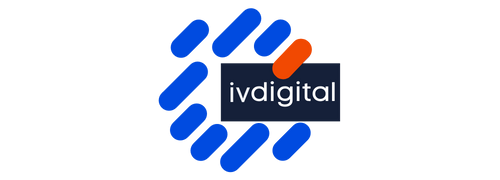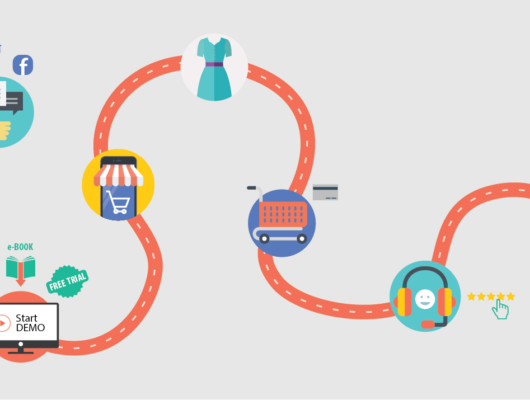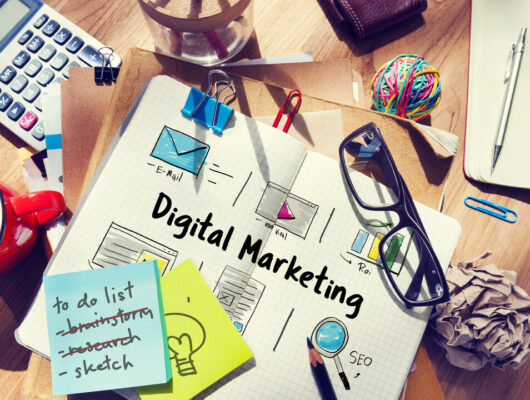In the ever-evolving world of online marketing, understanding and improving your conversion rate is paramount.
A conversion rate is the percentage of users who complete a desired action on your website, such as making a purchase or subscribing to a newsletter.
A higher conversion rate translates into greater success and profitability for your online business.
This article will delve into the intricacies of conversion rates and provide actionable tips on how to boost them.
What Is a Conversion Rate?
A conversion rate is a simple but powerful metric that measures how effective your website is in persuading visitors to take specific actions.
These actions can vary widely depending on your business objectives. Common examples include:
- E-commerce: Completing a purchase.
- Lead Generation: Filling out a contact form.
- Content Marketing: Signing up for a newsletter.
- SaaS Products: Registering for a free trial.
The Importance of Conversion Rates
- Measure of Success: Your conversion rate is a direct indicator of your online marketing and website effectiveness. A higher conversion rate means you’re doing a better job at convincing users to take the desired action.
- Cost-Efficiency: Improving your conversion rate means you can get more value out of your existing traffic. You don’t need to increase your marketing budget; you simply need to optimize your existing efforts.
- Competitive Edge: In a highly competitive online market, a higher conversion rate can set you apart from your competitors. It means you’re meeting user needs better than they are.
Tips for Boosting Conversion Rates
- Understand Your Audience: Knowing your target audience’s needs and preferences is the first step. Tailor your website and marketing efforts accordingly.
- Clear Call to Action: Make sure your calls to action (CTAs) are prominent, clear, and compelling. Users should know exactly what you want them to do.
- Optimize Landing Pages: Landing pages play a critical role in conversion rates. Ensure they are well-designed, load quickly, and deliver the promised value.
- A/B Testing: Experiment with different elements like headlines, images, and CTAs through A/B testing to identify what works best for your audience.
- Mobile Optimization: With the rise in mobile users, ensure your website is mobile-friendly to capture a broader audience.
- Use Social Proof: Positive reviews, testimonials, and case studies can build trust and persuade potential customers.
- Reducing Friction: Simplify the conversion process by minimizing the number of steps and required fields in forms.
- Data-Driven Approach: Regularly analyze data and metrics to identify bottlenecks and areas for improvement.
Conclusion
Maximizing your conversion rate is a continuous process that requires a deep understanding of your audience and a commitment to optimization.
By following these tips and constantly testing and refining your approach, you can boost your conversion rate and achieve greater success in the highly competitive online landscape.






